On guard over security. Modern and promising missiles of Iran
It should be recalled that Iran is trying to keep secret the main information about its missile forces. As a result, some new designs remain secret until testing or demonstration in parades. It also remains unknown the exact number of certain complexes on duty and in reserve.
New items of recent years
In the current decade, Iranian industry managed to introduce and bring to the series several new missile systems. In most cases we are talking about the further development of already mastered technologies. In addition, some projects included the introduction of new solutions borrowed from foreign projects.
In 2010, Iran first showed the Kiam-1 short-range ballistic missile. According to foreign intelligence reports, by this time the product had time to go into service. It is believed that the Kiam-1 BRMD is built on the basis of the ideas and technologies used in the Shahab family. The rocket is equipped with a liquid propulsion system that provides a firing range of up to 750 km. With a starting weight of 6150 kg, the drop weight reaches 750 kg, which is enough to use a conventional or special warhead. The rocket can be used with different launchers.
Another development option for Shahab is the Imad medium-range rocket. The existence of this MRSD was told in the fall of 2015. According to various sources, the first serial Imadas arrived at the troops before the end of 2016. A missile of this type has an 2000 km range and carries a 750 warhead of kg. It is possible to use warheads of different types.
Back in 2012, Iran announced the appearance of the promising medium-range cruise missile Meshkat, capable of hitting targets at a distance of 2000 km. No further information was received on this project. However, in 2015, they showed another missile called Sumar. This product launches with a ground guide and delivers a payload of 700 km. It is believed that the basis of the Sumar project is Soviet / Russian aviation rocket X-55.
In 2015, the Fatech-313 BRMD, created on the basis of the existing Fatech-110, was first introduced. This product has received a solid-fuel engine of a new type and a monoblock head part. The flight range of such a rocket was declared at the level of 500 km. Other characteristics were not disclosed.
There is a version according to which the Fatech-313 BRMD was an intermediate development and was intended to test the solutions required for the following projects. With its help, they created the Zolfagar BRMD with a range of about 700 km. It differs from the previous systems of its family by increased dimensions and mass (4,62 t). Also, the payload increased to 580 kg and guidance systems appeared that control the flight until it hits the target. In foreign sources it is mentioned that no later than 2017, the Zolfagar rocket entered service. In June, 2017 th Iran carried out another missile strike on terrorists in Syria, and, according to some sources, it used exactly “Solfagaras”. Thus, this is the first rocket of its family, which participated in a real combat operation.
The last known representative of the Fateh-110 family is the Fateh Mobin product, presented in spring 2018. The characteristics of such an RVSM are not specified, but it is stated that it is completed with an advanced homing system. With its help, the rocket must confidently hit ground and surface targets.
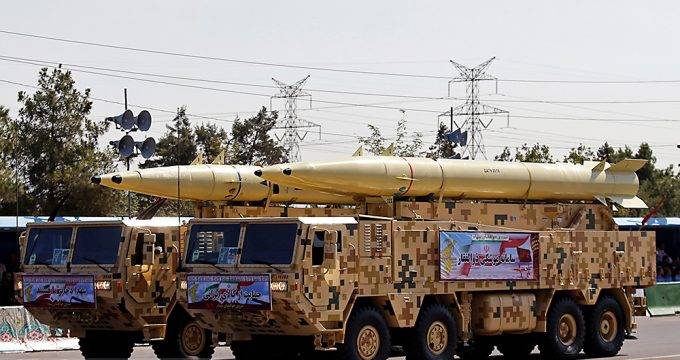
Self-propelled launchers with BRMD "Solfagar". Photo by Theiranproject.com
At the beginning of 2017, tests of the liquid Korremshehr MRSD started. According to various sources, the range of this rocket reaches 1500-2000 km. Payload - up to 1500-1800 kg. The possibility of installing a monoblock or split head. At the parades "Khorramshahr" was demonstrated with a mobile launcher on a wheeled chassis. The current status of the project is unclear.
Prospective samples
The bulk of the missiles represented in this decade have already entered service or are preparing for it. At the same time, some samples are still at the testing stage, and their development by the troops is a matter of the foreseeable future. As is the case with other samples, the new missiles are a direct development of existing products.
Last year at one of the Iranian exhibitions showed materials on the upgraded rocket "Kiam-1". Its main differences are in the design of the head. The latter receives aerodynamic control surfaces and control systems, due to which it must maneuver and carry out aiming at the target in the final part of the flight.
Earlier this year, the exhibition showed materials on the project "Khorramshehr-2", providing for the modernization of the already well-known rocket of the same name. The main difference between the new product lies in the detachable warhead with its own control systems. Also, the military showed a video of the test launch of the BRSD. Tactical and technical characteristics and terms of entry into service while remain unknown.
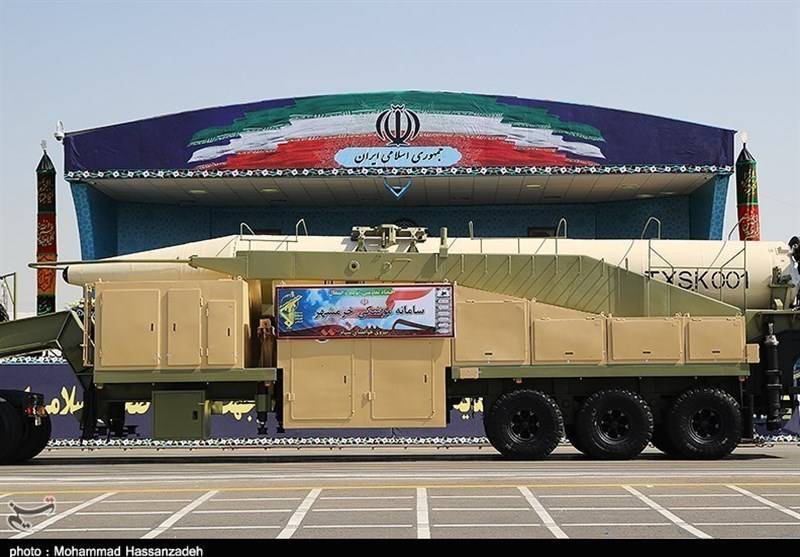
Rocket "Khorramshehr" on the conveyor. Photo Tasnimnews.com
Also in 2019, the command told about the work on the creation of a new FMT family of “Fatech-110”. Prospective rocket called "Diszoul" and is a further development of the product "Solfar." While maintaining a number of existing features and characteristics, it will differ in its increased flight range - up to 1000 km.
Another novelty of this year was the Hoveyze cruise missile, which is a further development of Sumar. The main purpose of the development of this line of rockets is now to increase the range. For the new model, this parameter is declared at the level of 1300 km.
According to various sources, new ballistic and cruise missiles, presented at the beginning of 2019, are now being tested, after which they can go into service. In the absence of serious problems and difficulties, new samples will fall into the army over the next few years. The desired results of such rearmament will be obtained by the mid-twenties.
Gradual development
During this decade, the Iranian industry has created, tested and delivered a series of a number of cruise and ballistic missiles of various classes. Work on such systems continues. New designs regularly appear at exhibitions and parades, and then they are noticed in the army. All this perfectly shows how much attention Tehran pays to the development of the main components of the armed forces, which make the main contribution to national security.
It is easy to see that all the models of this decade and the new missiles, which are to be put into service in the future, are created according to the same principles. Iran is gradually improving existing samples, introducing certain modern components. Abrupt jumps are absent, and each new rocket is in many ways similar to its predecessors.
First of all, it is connected with the limited industrial potential of Iran and with unwillingness to go for excessive technical and technological risk. Practice shows that gradual development without radical breakthroughs is also able to solve the tasks. The armament constantly receives new models, which compare favorably with the previous ones.
The current work focuses on short- and medium-range systems that meet current requirements. Iran’s likely opponents are in the same region, and for the destruction of their facilities, missiles with a range of no more than 2-3 thousand km are needed. All new ballistic and cruise missiles meet these requirements. The development of longer range systems, as far as is known, has not yet gone beyond the preliminary studies, including due to the lack of real need.
However, even in the absence of intercontinental missiles, Iran was able to create large and powerful rocket forces capable of responding to the existing challenges and deterring likely adversaries. To solve different problems, it is proposed to use cruise and ballistic missiles with different flight range and with different combat units. All this makes it possible to consider the Iranian missile forces in their current state as a universal military-political tool. In terms of characteristics and capabilities, it still lags behind the troops of leading countries, but fully complies with the existing conditions of the Middle East, and also provides important advantages over neighboring countries.
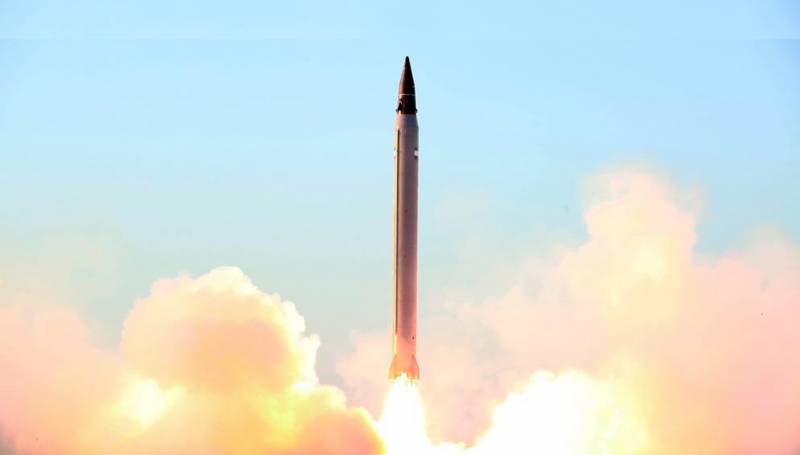
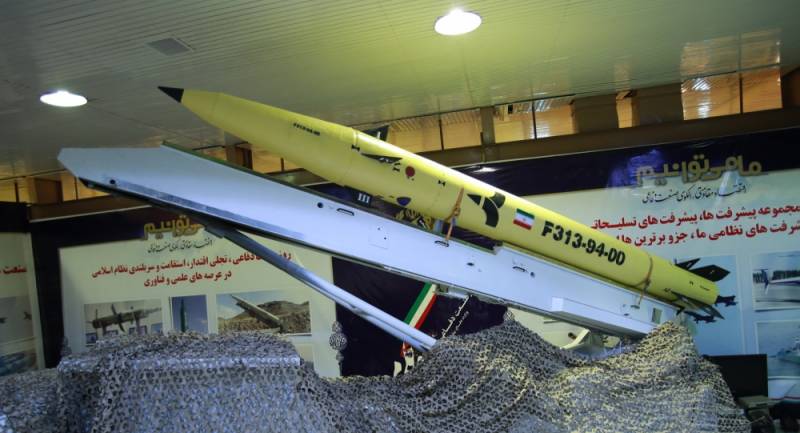
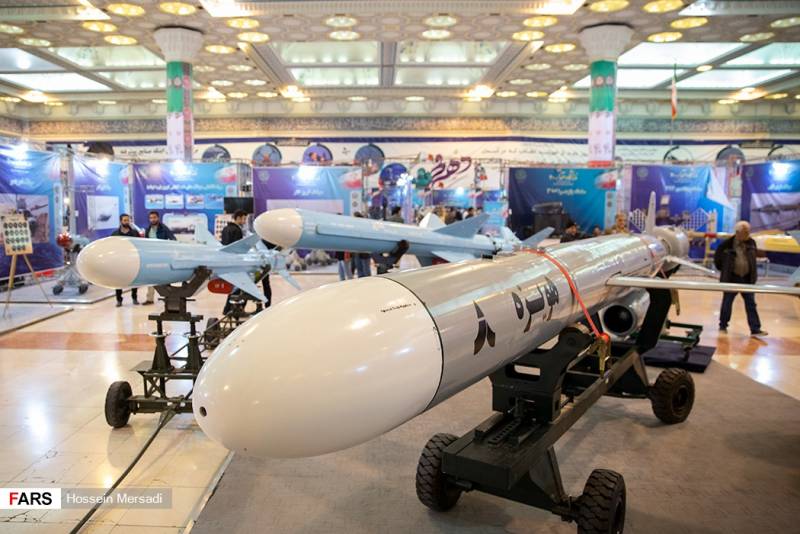
Information